By Olivia Schütt • Nov 25, 2021
To connect with your audience, you need to speak their language. But, in a business sense, "speaking the language" means more than just adopting the proper syntax and vocabulary — it means actively engaging with your audience in a natural and empathetic manner. As business becomes increasingly globalized, it is also becoming increasingly local. Companies now need to connect with audiences across a myriad of countries, continents, and languages.

Without this local focus, user experience suffers. A customer in Japan, for example, will feel alienated and disconnected by content and product information delivered in English. It doesn't matter if this customer is fluent in English — the lack of localization represents a missed opportunity for engagement.
Why Is Localization So Crucial?
International localization provides your business with a range of operational advantages:
- Engagement across international markets:
Tailoring your content to localized markets helps you foster engagement on an international scale. You need to achieve the same levels of connection in all locations you operate in. Failing to provide the same UX to customers in domestic and international markets can see your business falling behind. - Improved search experience:
Search terms vary across linguistic boundaries. While a user in the United States might search for a "family car,” German users will input "Familienwagen.” Your business needs to be able to support these different search terms. An automated solution may retain the same product name and model information — for instance, a VW T4 auto will remain as VW T4 in your product data — but will enrich your listing with localized synonyms that help international users find you. - Operational agility:
Localization is, of course, essential for your product data, but its potential goes beyond this. You will be able to use automatic translations for all of your ecommerce data, as well as press releases, brand kits, and any messaging that fosters engagement across different audience groups.
Achieving Localization with Automation
Effective localization is not easy. It's cumbersome and expensive to deploy teams with the skills required to produce content and messaging in all of your audience's languages. In simplifying these tasks, automation has a huge role to play.
Picturepark provides the product information management (PIM) solution you need to manage your product data — from the product’s name to descriptions, SKU numbers, and other attributes in an agile product list. You can add or remove product attributes at any time. But this data still needs to be translated to reach a global audience in the right way. We make this happen with DeepL - the best translation machine learning tool out there.
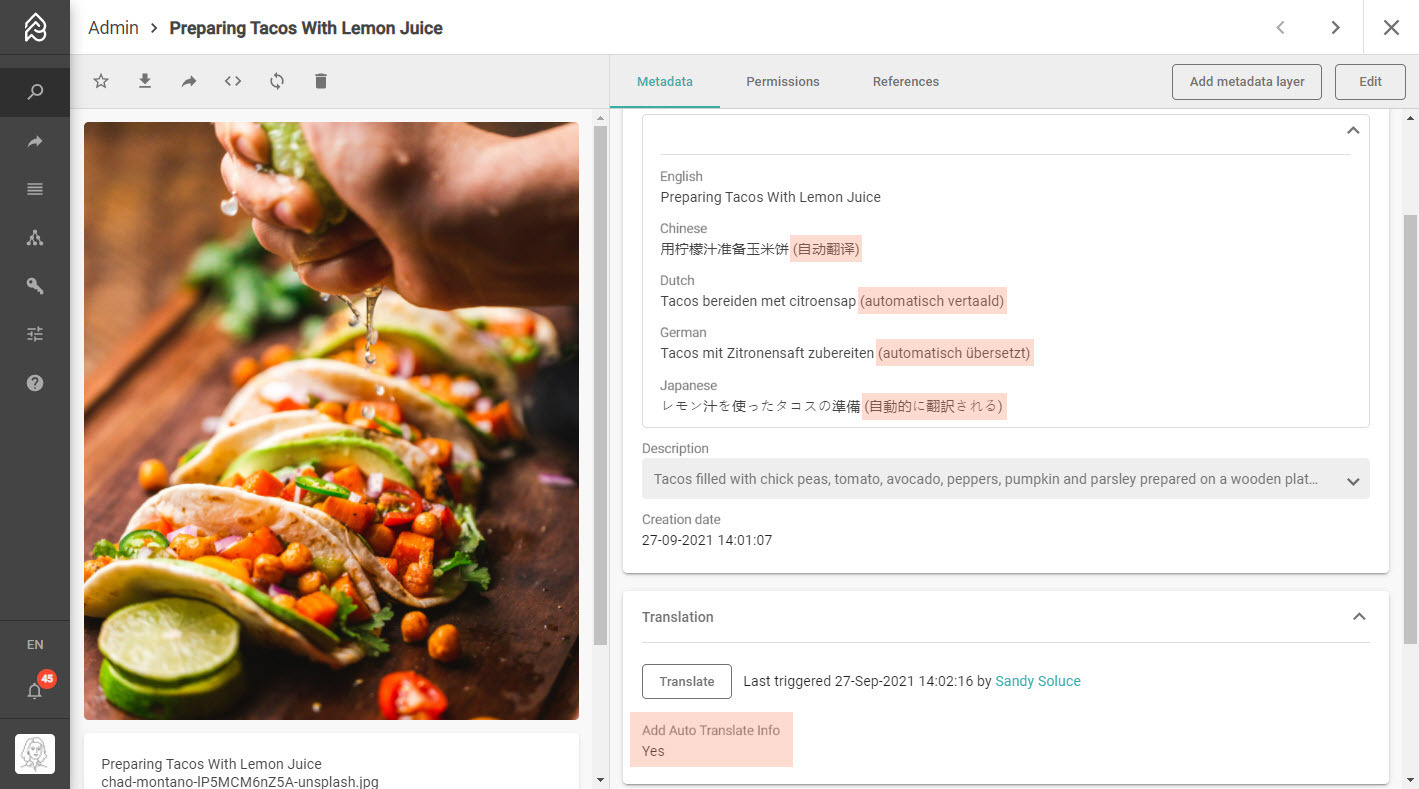
How to Use DeepL with Picturepark
- To utilize DeepL in your localization strategy, you begin just like whenever you use Picturepark. Create a product list and add your product information in a single language — usually your native tongue.
- Store these product datasets with Picturepark, updating or removing different attributes where necessary. Create a centralized library of product information with an agile data model, altering the data parameters as required to display only the relevant values.
- Picturepark integrates with DeepL via the DeepL connector. This solution achieves automatic translation for all your product data, removing the hassle and inaccuracy of manual translation. Utilizing DeepL relies upon a combination of automated translation protocols and manual control. DeepL translates and you validate the translation. You will retain control over your data — you can check and assess the values with a native speaker, ensuring total accuracy without the workload associated with manual translation.
- Picturepark automation can notify users — such as your team members who are native speakers in the specific language or product managers who will need to sign off on the information in a final review.
This automated translation and notification capability ensures a streamlined and comprehensive solution, ironing out any points of friction or operational inefficiencies that could derail the localization.
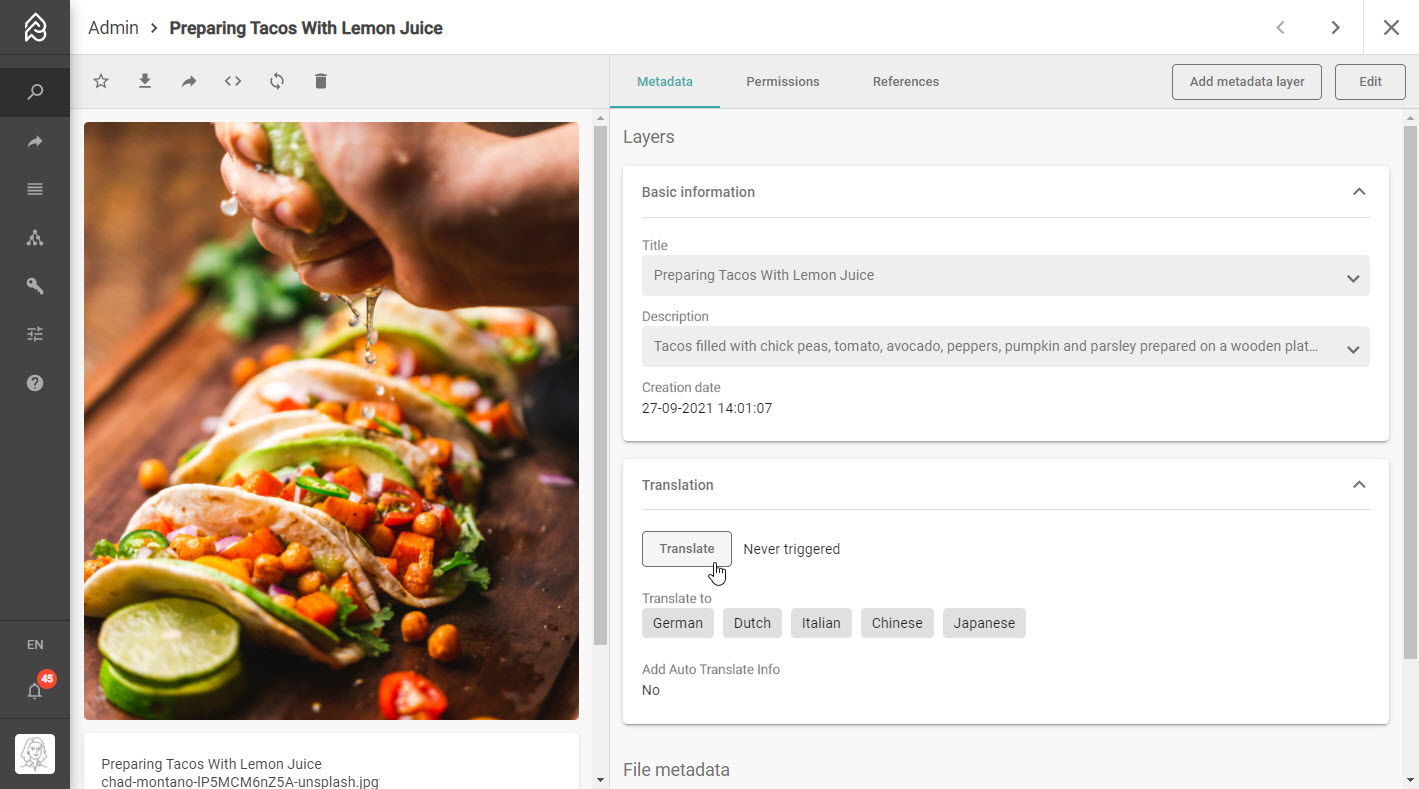
Further Reading

Fotoware Alto Monte Zucchero Release | May 2025

Picturepark Schreckhorn Release | February 2025

Picturepark Einshorn Release | November 2024

Picturepark Rochers de Naye Release | August 2024

Release Notes Picturepark - Pilatus | May 2024

Release Notes Picturepark - Güpfi | March 2024

Release Notes Picturepark - Signalkuppe | November 2023

Release Notes Picturepark - Stockhorn | September 2023

Release Notes Picturepark - Piz Roseg | June 2023

10 Tips for Conversion Rate Optimization

Deliver Optimized Images

How Automated Data Software Can Help You Expand Your Business

Picturepark Blüemlisalphorn Release | Mar 2023

Headless DAM in a content-agnostic world

Picturepark Moléson Release | Dec 2022

Picturepark Niesen Release | Sep 2022

FotoWare acquires Swiss Digital Asset Management solution provider Picturepark

Spring Clean your Content in 5 Steps

6 Trends in Data Management for 2022

Picturepark Rigi Release | Jun 2022

Organize Content (Expert Level)

Overwhelmed by Digital Transformation?
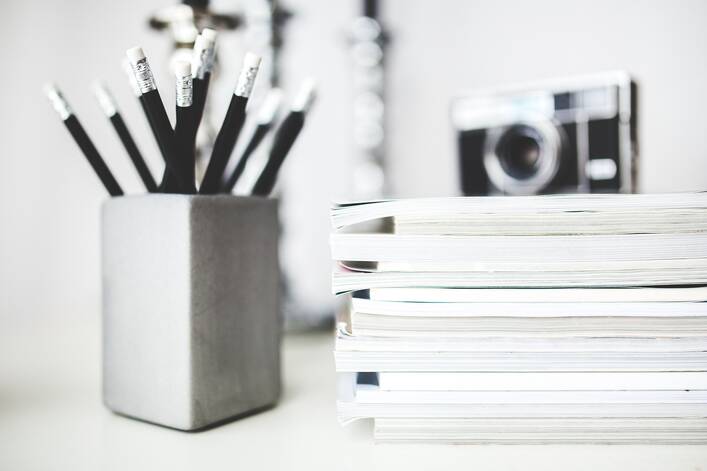
How DAM Can Improve Your Content Marketing Strategy

Exhibitions and Collections Online

GDPR Compliance Management & Smart License Tagging

Why You Should Give a DAM about Content Life Cycle

Picturepark Bellavista Release | Mar 2022

Organize Marketing Text Snippets with Picturepark & DeepL

Automated Localization for Product Data

Using Shopify with a PIM & DAM
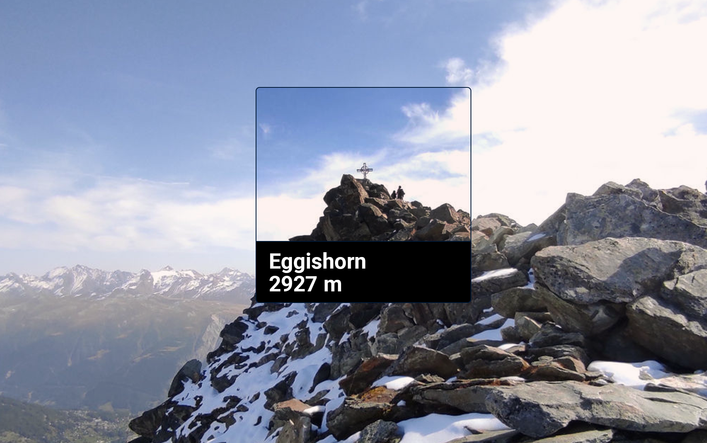
Picturepark Eggishorn Release | Dec 2021
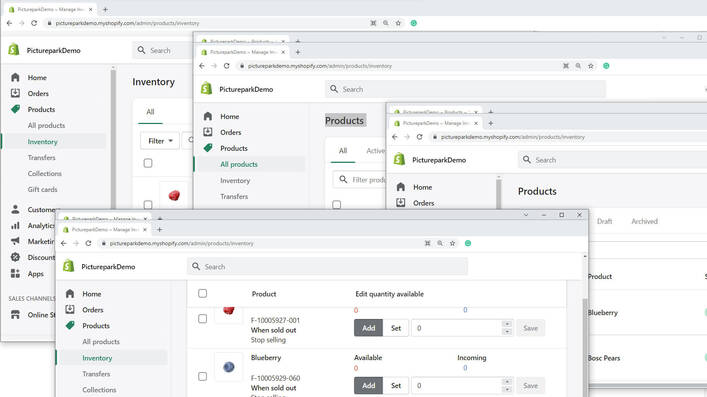
4 Things We Love About Shopify (And A Couple That Are Missing)
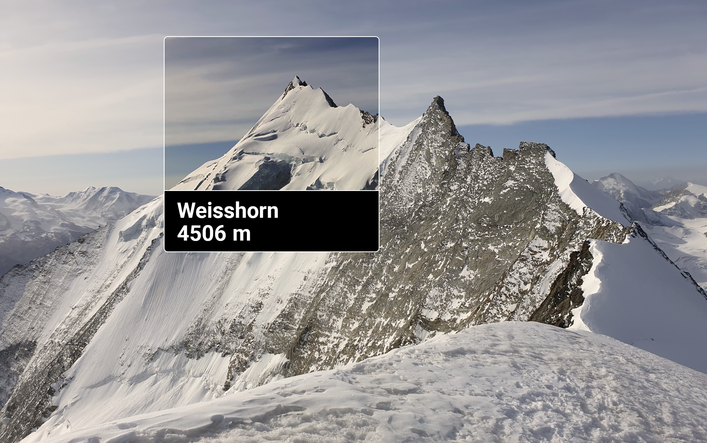
Picturepark Weisshorn Release | Oct 2021

Tagging with License and Agreement

3-Step Content Metadata Approval Workflow

Save your Search Query

Picturepark Titlis Release | Jun 2021

Picturepark San Salvatore Release | Mar 2021

Accelerating Your Digital Transformation in 2021

Perfect Microsites in No Time

Upgrading to Perfectly Formatted Microsites

Picturepark Säntis Release | Dec 2020

Metadata Matters: Here’s Why

Utilize Your Content to Get Media Coverage

Moderate Content for Brand Compliance

Managing Project Content of Non-profits

Picturepark Piz Linard Release | Sep 2020

Is your Online Shop Agile Enough When it Counts?

Product Updates in No Time with Flexible Data Models

Marking, Copying - Investing a Lot of Time

An Agile Solution for PIM! DAM! CMS!

How Does Authentication in Picturepark Work?

PIM? DAM? CMS? Start with a Hub!

Picturepark Breithorn Release | Jun 2020

Tips and Tricks Video: Creating a Product List from Scratch

Tips and Tricks Video: Import Products from Excel to your Product List

Tips and Tricks Video: Create Dedicated Product Channel for Product Managers

Tips and Tricks Video: Embed Images from Picturepark and Add Copyright

Creativity & Home Office: Breaking Down Barriers

Simplified Product Management: Use Only One Smart Tag

Measures Taken to Minimize the Impact of COVID-19

Release Notes: Picturepark Content Platform (February 2020 Update)

The Unlikely Relationship Between Magnetic Fields & Content Management

Ransomware: You Have 8 Hours to Comply

Transparency & Accountability: Who’s Responsible for Your Data?

A New Year’s Greeting… with a Swiss Twist!

Release Notes: Picturepark Content Platform (November 2019 Update)

FOFA: Creating an Sign-Up Integration Using Gravity Forms

The seamless content supply chain

Managing Licenses: Requirement or Redundant?

Release Notes: Picturepark Content Platform (September 2019 Update)

Copyright: Not a Matter of Luck

When it Comes to Content, Copyright Counts

FOFA: The Versatility of Virtual Content Types

FOFA Interview: Creating Microsites & User Portals

Release Notes: Picturepark Content Platform (July 2019 Update)

FOFA: Information Architecture & Modelling for Specific Use-Cases

Planting a Seed: The Beginnings of FOFA

Release Notes: Picturepark Content Platform (May 2019 Update)

Content Systems Designed To Outperform And Outlast – Interview

Taxonomy Maintenance: Why Upkeep Matters

Fast and Free: How to Build Your Own AI Taxonomy

Dropbox Is More Than a DAM

Artificial Intelligence in Content Management: Fact, Fiction and Future

Content Management White Paper: Next Steps

Content Management White Paper: Measuring Results

Content Management White Paper: Output Channels

Content Management White Paper: Making Content Available

Content Management White Paper: Routing Content

Digital Asset Management in the light of the General Data Protection Regulation

Content Management White Paper: Archiving Content

Content Management White Paper: Creating Semantic Links

Content Management White Paper: Automated Metadata

Content Management White Paper: Real-World Metadata

New Picturepark Brand Identity

Content Management White Paper: Collaborative Communication

Content Management White Paper: Storage and Archiving

Content Management White Paper: Access for Collaboration

Content Management White Paper: Content Creation and Acquisition

Content Management White Paper: User Groups and Roles

Content Management White Paper: Users and Flow

Content Management White Paper: Overview

Open Letter About the DAM Guru Program

DAM vs. Picturepark Content Platform – New Paradigm for Content Management & Fileless Content

DAM vs. the Picturepark Content Platform – Product Information Management

DAM vs. Picturepark Content Platform – Master Data Management

DAM vs. Picturepark Content Platform – API-first Design & Data Publishing

Slippery Synonyms

Knowing when It’s Time to Start Over

Picturepark Content Platform: API-first Technologies

Picturepark Content Platform: Automation & Artificial Intelligence

Picturepark Content Platform: Semantic Relationships

Picturepark Content Platform: Microsites & Embed Code

Picturepark Content Platform: Adaptive Metadata 2.0

Picturepark Content Platform: Strictly Structured Content

Picturepark Content Platform: Route Content

Synonyms in Practice

The Value of Synonyms in Content Systems
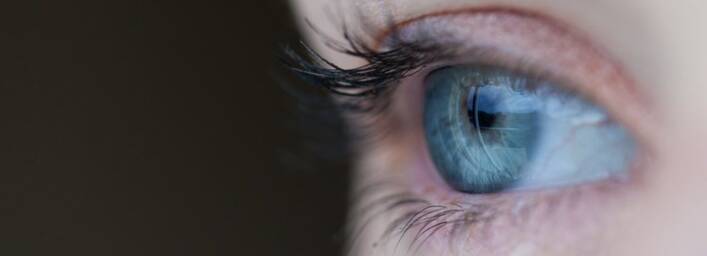
Is Content Management 2.0 the Death of DAM?

Faceted Taxonomies

New Tech for a New Generation of Content Management

An API-first Approach to Content Creation, Management and Routing

Rethinking Digital Asset Management

Metadata Automation – New Jersey DAM Meetup Recording

Next-generation Picturepark Preview

Taxonomy, Metadata, Tags and Controlled Vocabularies

What Made the Content System so Bad?

Video of New Jersey DAM Meetup
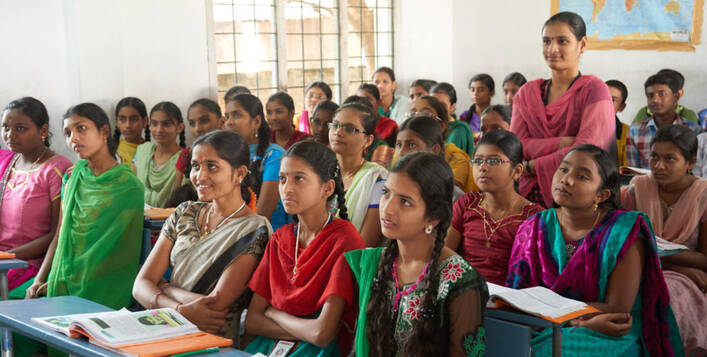
Picturepark Supports Indian Relief Association

Digital Asset Management for Kaltura Video

“Sticky” Metadata Templates in Picturepark

New Digital Asset Management Section for Special Libraries Association

Integrating DAM with CMS without an Integration

Metadata that Moves Content

DAM’s Original Sales Soldier

Eyeing the Iconic: Physical Archiving for Nascent Collections

Fighting DAM Ignorance with Education and Cooperation

Laughing about the Best DAM Connector for Sitecore

Expectations Analysis for Digital Asset Management

Finding Trusted Guidance for Digital Asset Management

Picturepark takes on the Swiss Grand Canyon

Coming Down from the Cloud

Are You Ready for Digital Asset Management?

(Video) Adaptive Metadata for Digital Asset Management

Diving Head-first into a Suicide Sale

How to Say No to Picturepark

Batch Editing Metadata in Picturepark

Controlled Vocabulary Support in Picturepark

Content Lifecycle Management via Adaptive Metadata
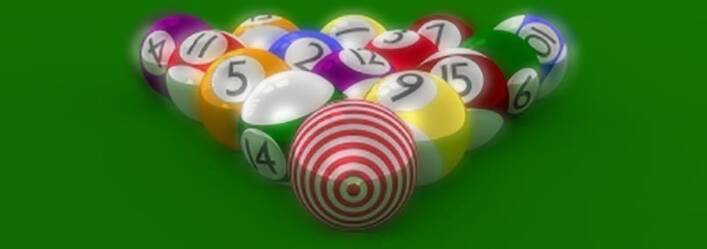
Putting Your Metadata Strategy Together

Structured Metadata Strategies for Search Interfaces
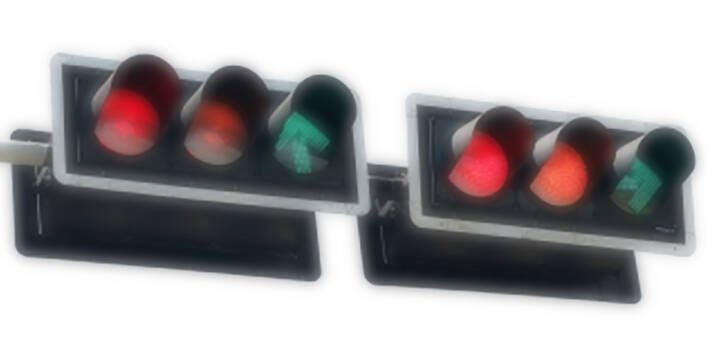
Structured Metadata Strategies for Cataloguing Interfaces

Structured Metadata Analysis Techniques

Thanks from Picturepark

Digital Asset Management Multitenancy that’s Manageable

Australia Welcomes World’s First Picturepark Regional Cloud

The Passing of Nelson Mandela

New Picturepark Live Demo

Meet the Mother of Digital Asset Management in a Live Webcast

10 Reasons to Not Choose Picturepark DAM

DAM Software Comparisons with Google Shortlists

Fast Bulk-Editing Microsoft Dynamics CRM and Salesforce Records using Act-On Marketing Automation

What is Adaptive Metadata?
